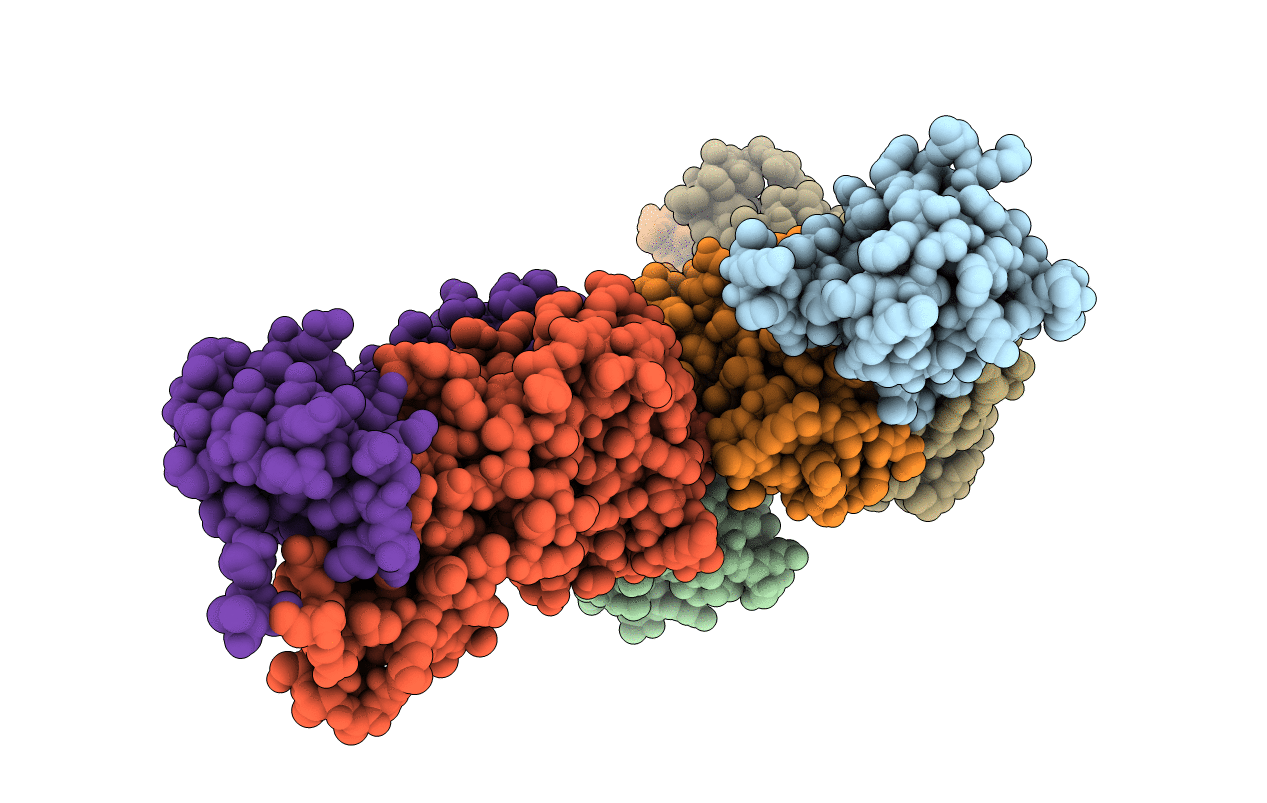
Deposition Date
2020-08-10
Release Date
2021-05-19
Last Version Date
2024-11-13
Entry Detail
PDB ID:
7CQD
Keywords:
Title:
The NZ-1 Fab complexed with the PDZ tandem fragment of A. aeolicus S2P homolog with the PA14 tag inserted between the residues 235 and 236
Biological Source:
Source Organism:
Rattus norvegicus (Taxon ID: 10116)
Aquifex aeolicus VF5 (Taxon ID: 224324)
Homo sapiens (Taxon ID: 9606)
Aquifex aeolicus VF5 (Taxon ID: 224324)
Homo sapiens (Taxon ID: 9606)
Host Organism:
Method Details:
Experimental Method:
Resolution:
3.20 Å
R-Value Free:
0.28
R-Value Work:
0.26
R-Value Observed:
0.26
Space Group:
P 1 21 1


